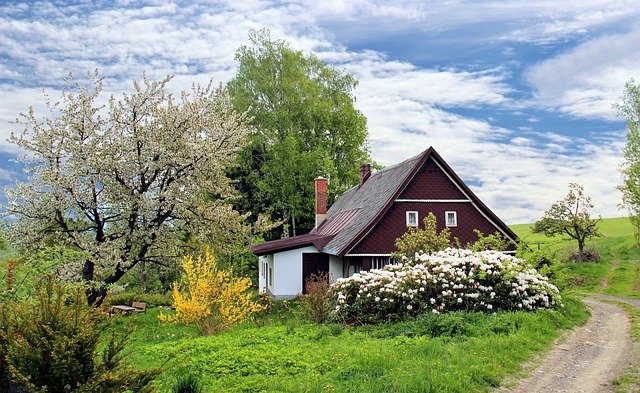A landscaping Adelaide is the actual makeup of a particular area of land, the landforms, the way they relate with natural or man-made attributes, and also their aesthetic connection with the landscape. Landscape structure is utilized to enhance the attractiveness of a landscape and its relation to both the environment and human needs on the property. There are many forms of landscape design that have evolved out of the basic kinds of this area. These include urban or industrial arenas, planned landscapes, rural landscapes, floodplains, or landscape parks. The objective of landscape design is to maximize the visual effects of its environment by arranging and integrating objects in a way which makes the most of the property’s resources.
Cultural landscapes refer to the aesthetic requirements of a community as a whole, or a specific group within a community, such as the artistic or historical traditions of a nation or ethnic group. Cultural landscapes may take several forms, but some defining traits are identified. They include natural and built features that affect the way that people interact with the surroundings, places of worship, historical landmarks, as well as particular all-natural landscapes. Typically, these features are considered separately or collectively, depending on the culture or area in which they’re situated.
Urban and rural landscape design
Urban and rural landscape design are distinct enough that they deserve different talks. Urban landscape architecture generally refers to the planned construction of a town or city, the planting of trees to act as green parks, as well as the creation of recreational areas. The planting of trees is designed to color the town from direct sunlight, maintaining the urban landscape moist and cool. The plants also provide food and other building materials for the humans who will inevitably pass through the region. When there are surely some gruesome overgrowths in urban landscape architecture, such as overgrown bushes or deserted buildings, the aesthetics of the urban landscape architecture typically outweighs such imperfections.
Aesthetic values are not the sole reasons that people design and create cultural landscapes. Historically, the preparation and development of natural landscapes has usually served practical functions, like establishing a natural path for cows to travel. In the current world, more complex purposes are being delegated to the creation of landscape. Some planners believe that we are seeing the beginnings of a new form of art: the introduction of a natural landscape. The development of beautiful, natural landscapes could serve many practical functions in the fields of research and tourism.
professionals landscape
Many professionals believe in the arts as providing a controlled procedure by which people express themselves creatively. This process happens during the production of a work of art, in the process of its own development, and during its lifetime. A work of art that exists in its natural state, without the help of an artist, wouldn’t be able to meet the criteria put forth from the emerging area of computational concept’ within the field of art. For an artwork to satisfy the mandatory criteria for approval into the class of a computational’ bit of artwork, it has to satisfy three principal preconditions: it must have a clearly defined subject; it must have developed a prior, and concrete process by which it achieves its ends; and it has to exhibit a creative characteristic that is independent of the artist.
An example of a natural landscape which satisfies these requirements is the very simple picture of a landscape. Most people instantly combine natural landscapes with a wide array of wildflowers and plants. However, a careful examination of these pictures shows that they often fail to meet the requirements for approval to the class of art. By carefully analyzing the essence of the wildflowers and plants, and discovering their relationships to the surrounding environment, the preconditions for acceptance become more clearly evident. This practice of’cultural landscape style’ enables artists to set a baseline from which they may develop works of art that are completely unique and that meet all the required conditions of acceptable artistic expression.
Landscape Architecture
Landscape Architecture describes the application of landscape science into the construction and organization of urban areas. This program is used to improve the livability and performance of urban spaces through the creation of structures that maximize their natural environment. A number of disciplines form the cornerstone of this emerging field of architecture, such as geography, urban planning, botany, psychology, math, computer science, engineering, and construction technology. Cultural landscape architects create works of art that embody the principles of the discipline and also that compliment the place in question. They not only create works of art which are pleasing to the eye, but they also ensure that they are physically functional so as to promote a feeling of well-being from the individuals who reside in the urban environment.
efficient building landscaping
The blend of landscape and water methods, along with the integration of plant life and landscape architecture, has opened up a completely new world of design opportunities. As landscape designers expand their scope of vision and their repertoire of materials, the possibilities become increasingly varied. These designers are becoming recognized for the innovative and intricate masterpieces they produce. A good landscape architect will have the ability to integrate the landscape and the individual elements of the house or building as a unified whole, thus making an aesthetically pleasing but functionally efficient building or house.
